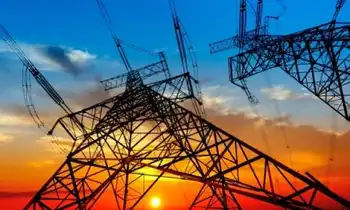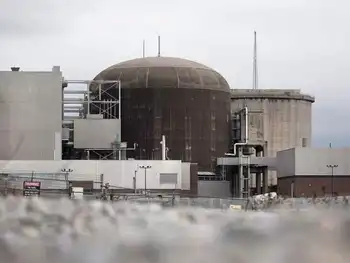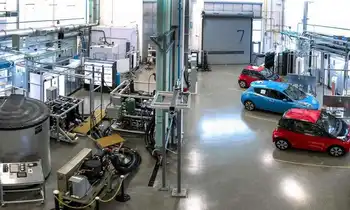Waratah Coal to build 40 million-ton coal project in Australia
The project, which is estimated to cost about $5.8 billion, will be capable of producing 40 million tons per year of coal. The largest thermal coalfield currently in operation in Australia produces approximately 16 million-18 million tons of coal per year.
According to Peter Lynch, CEO of Waratah, the proposed capacity of the mine was increased by 60% to 40 million tons per year from the originally planned 25 million tons per year, based on the analysis of the results of test drilling. The project was found to be economically attractive for larger capacities.
Securing finances for such a large project amid the current global economic slowdown will be a challenge for Waratah. The company has declined to comment on its strategy for attracting investors. Referred to as the "China First Project," the project has evinced interest from potential Chinese investors, and the company is reportedly seeking funds from China for developing the mine.
Most of the coal obtained in the region has low sulfur content with a 95% benchmark energy level. Low sulfur content ensures reduced emissions of sulfur dioxide.
Waratah expects to obtain all of the necessary approvals by early next year and commence work on the project by the end of 2010, subject to attainment of financial closure. The mining project will comprise two giant open-cut mines and four large underground long wall mines. In addition to the mine, a 490-kilometer standard gauge railway line and an export terminal will be built as part of the project. Commercial operations are likely to start by mid-2013. The company says the venture will create 6,000 jobs during the course of its construction and will provide permanent employment in daily mining operations to 1,500 people upon completion.
Waratah proposes to build the export terminal at Abbot Point. The railway line will transport coal from the mine to the new terminal at Abbot Point, from where it will be exported to China. The company had earlier intended to build a terminal at Shoalwater Bay in Queensland. However, the proposal was rejected on environmental grounds in order to protect the Corio Bay and Shoalwater wetlands. Abbot Point, the country's northernmost coal port, is home to another terminal operated by Xstrata Coal Queensland Pty Limited, a subsidiary of the global diversified mining firm Xstrata plc. The port handled a record 12.5 million tons of coal in 2007-08.
The project has a potential of generating $3.1 billion in annual exports if the company is allowed to export coal from the Galilee Basin fields. The government has refused to grant permission, however, because of concerns that mining in the region for export purposes would adversely impact the environment.
Related News

Emissions rise 2% in Australia amid increased pollution from electricity and transport
MELBOURNE - Australia’s greenhouse gas emissions rose in the June quarter by about 2% as pollution from the electricity sector and transport increased.
Figures released on Tuesday by the Morrison government showed that on a year to year basis, emissions for the 12 months to last June totalled 498.9m tonnes of carbon dioxide equivalent. That tally was down 2.1%, or 10.8m tonnes compared with the same period a year earlier.
However, on a seasonally adjusted quarterly basis, emissions increased to 127m tonnes, or just over 2%, from the 124.4m tonnes reported in the March quarter. For the year to March, emissions totalled…




